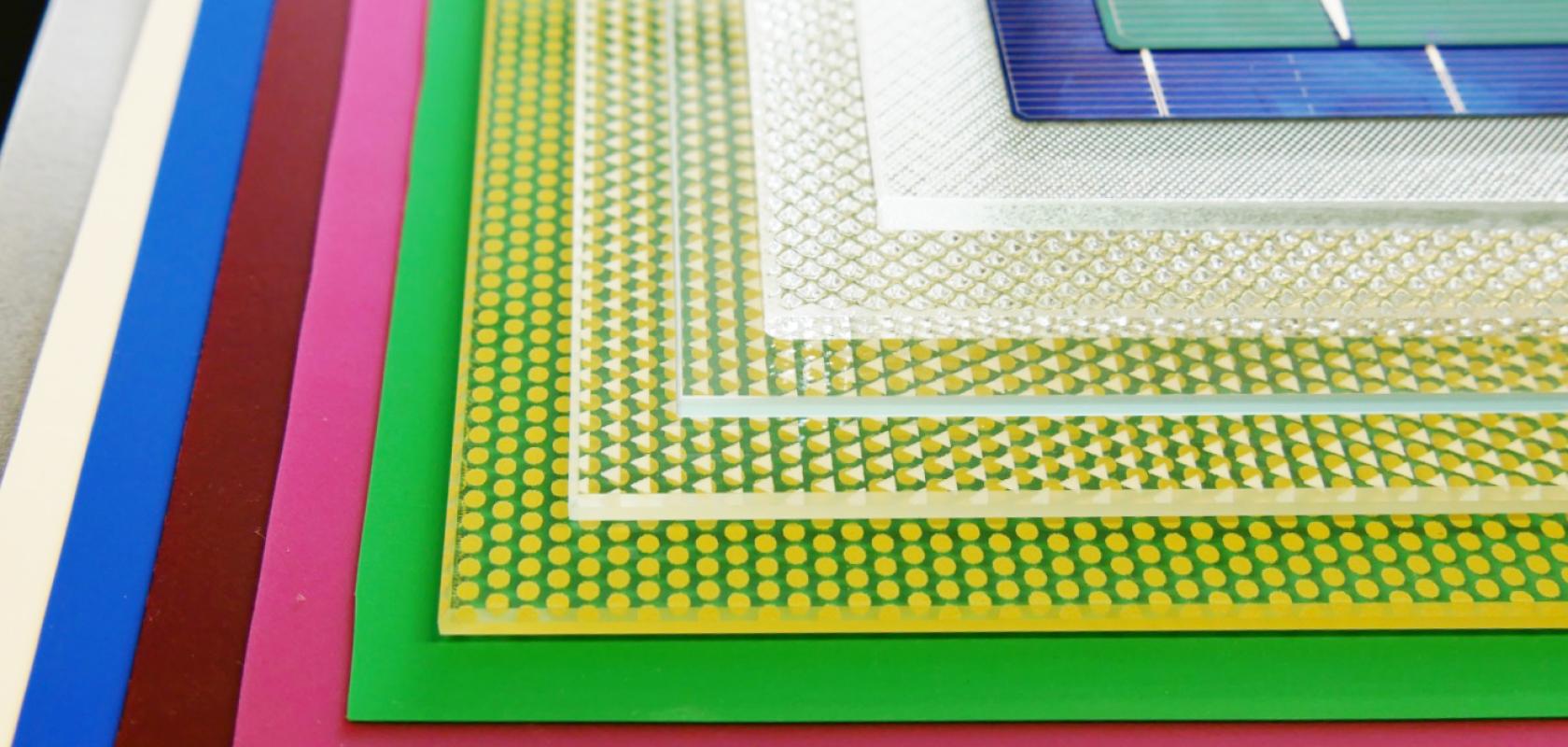The Fraunhofer Institute for Solar Energy Systems (ISE), together with equipment manufacturer Schmid, has developed two new customised production line concepts for manufacturing building-integrated photovoltaic modules in series production, enabling their cost to be reduced by 35 per cent.
Buildings could play a key role in increasing the implementation of photovoltaics, however building-integrated photovoltaics (BIPV) place high demands on solar PV module design, as achieving aesthetic design, high module efficiency and low cost simultaneously can create conflict in manufacturing.
Therefore, as part of the one-year collaborative project ‘BIPV-Fab’, funded by the German Federal Ministry for Economic Affairs and Energy, Fraunhofer ISE and Schmid together investigated the possibilities of manufacturing customised PV modules in series production, and were able to develop two customised production concepts that reduce the cost of BIPV modules.
‘Potential uses for BIPV modules with customised designs are, for example, office buildings with large area facades,’ said Fraunhofer ISE scientist Max Mittag.
The collaborating entities examined design limitations as well as the existing standards, laws and technical regulations for BIPV during the project, in addition to evaluating the effects of each on PV module design. Building stock and the associated market potential were also analysed by Fraunhofer ISE.
The resulting customised production line concepts equipped production lines with additional transfer stations, enabling them to adapt quickly to different module designs. From the beginning the system concepts also consider the modifications necessary for building integration, including the module format, glass colour and encapsulation material, different thicknesses of glass and variations in the solar cell matrix.
Overall the concepts enable cost-saving series fabrication while at the same time offering a wide range of freedom in module design.
‘Our results showed that the combination of series production and freedom of design do not comprise each other,’ confirmed Stefan Sellner, project head at Schmid. ‘We also demonstrated that we can reduce the costs by an average of 35 per cent compared to conventional manufacturing processes of BIPV modules.
‘A flexible, yet cost competitive, BIPV production that also accommodates the various needs of architects, module producers and system integrators at the same time is now possible.’
The new BIPV production concept is now available to interested partners in the field.
Related articles


